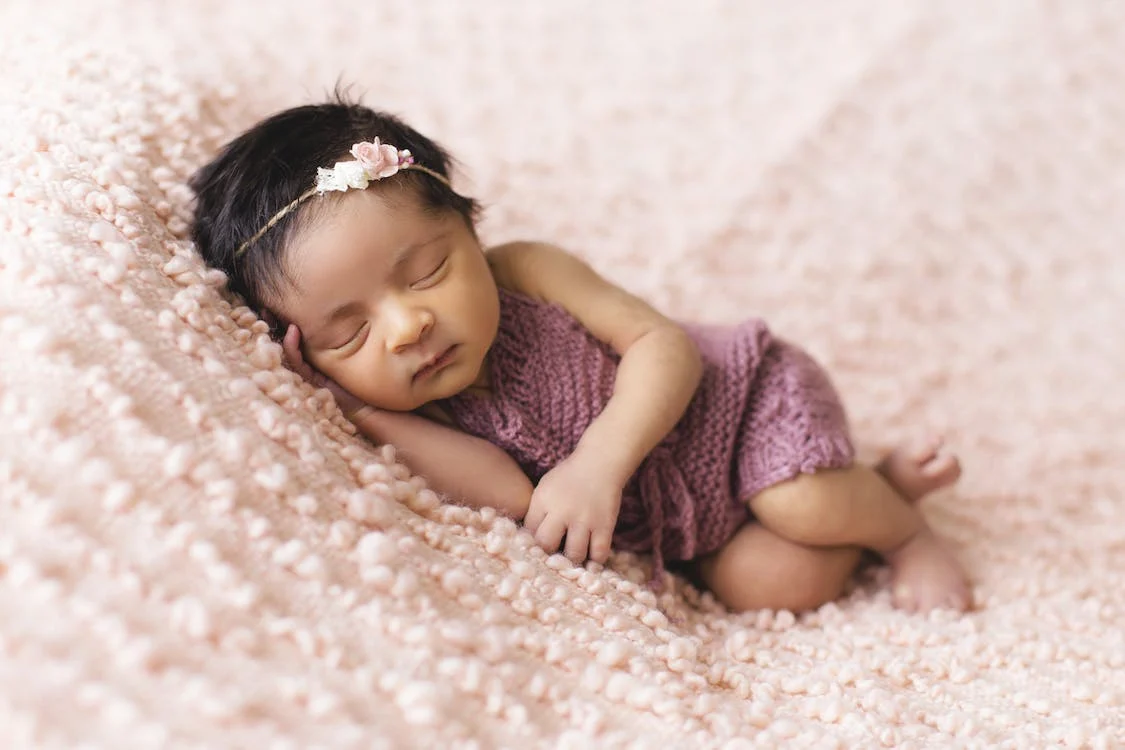
How to Keep Baby Safe Every Day
How to Keep Baby Safe Every Day
No, your newborn is not as fragile as you think! However, it’s better to be safe than sorry and avoid all potentially dangerous situations.
This post explains how to ensure your baby’s safety before the age of four legs and walking: safety during sleep, diaper changes, bathing, bottle-feeding, etc.
1. Keep your baby safe while sleeping
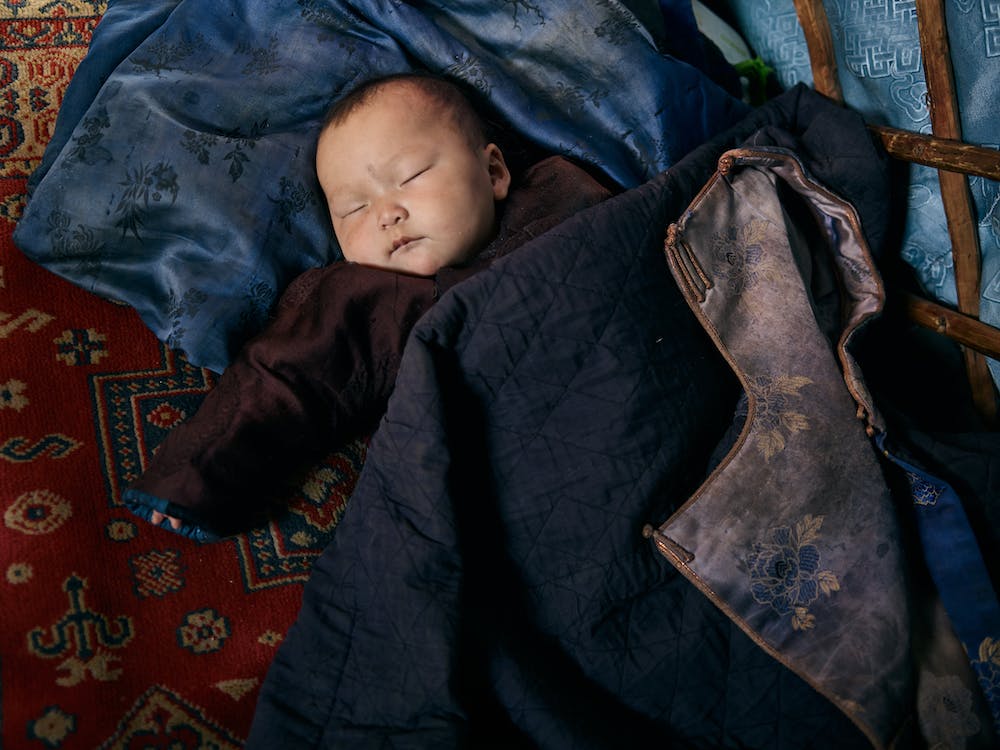
Put your child to sleep in a perfectly safe bed
– Beware old family cribs that probably do not offer the necessary safety guarantees.
– Opt for a recent bed with bars, whose safety is irreproachable: subjected to strict safety standards, these beds eliminate any risk of your child getting a limb or head stuck between the bars.
– Complete with a mattress that fits perfectly the size of the bed, with no space between the mattress and the walls, to avoid any risk of suffocation.
– Preferably avoid the bumper pad, which is currently very controversial: decorative and cozy, it prevents the baby from banging his head too hard against the bed’s posts or bars. But it is considered today dangerous by nurseries and hospitals because of suffocation risks.
– Banish top sheets, blankets, comforters (implicated in 25% of cot deaths), and pillows (18%) which could be dangerous if your baby cannot get out of them quickly: limit bed linen to a draw sheet and a fitted sheet. To cover your baby, use a sleeping bag.
– Ban stuffed animals (involved in 17% of sudden infant deaths) and toys from the bed: keep only one small light comforter that does not risk suffocating the child.
– Be careful with the crib mobile: your baby must not be able to touch it or grab it.
– When using an umbrella bed, use only the thin mattress that comes with it: if you add a thicker mattress, there could be a risk of your baby getting stuck between the mattress and the soft wall of the bed.
Lay your child on his or her back
Studies in recent years have shown that sleeping on your stomach and your side increases the incidence of cot death. Therefore, always put your baby to sleep on his or her back, either at night or for naps.
Note: This rule is no longer necessary when your baby can turn over on his own in his crib. Continue to put your baby to sleep on his or her back, but there’s no need to go back to the proper position if he or she rolls over.
2. Keep your baby safe during changing and dressing
Usually, for more convenience, changing areas are installed high up, so you don’t have to bend down: but this can make the situation dangerous, mainly because of the risk of the baby falling. Here’s how to keep your baby safe while changing or dressing.
Install a safe changing area
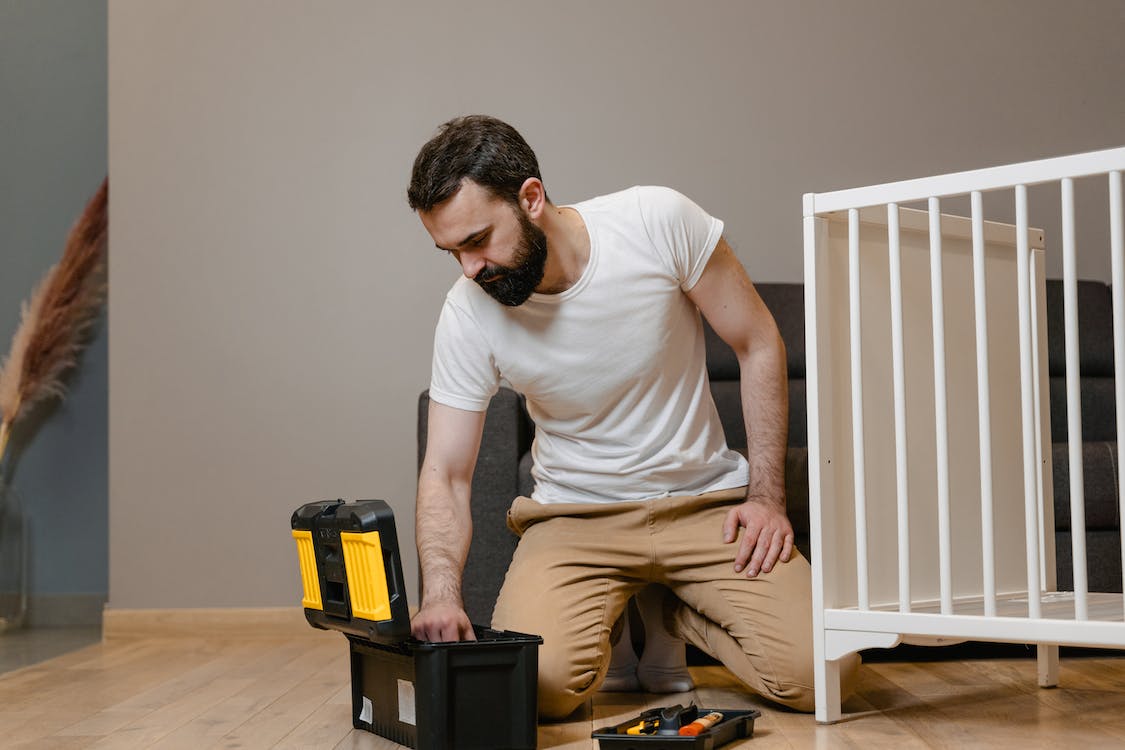
– If you buy a changing unit, check that it meets the safety standard, which guarantees the stability of the installation and the presence of an effective system of lateral protections limiting the risk of falling.
– If you improvise a changing area on a piece of furniture you own, install or adapt a changing tray with side edges to limit the risk of falling.
– In all cases, choose a changing table that allows you to have your baby facing you (and not on the side): your movements will be safer.
– If the changing table is in a tiled room (bathroom), provide thick mats, preferably fixed with special carpet adhesive, so that you don’t slip and fall.
Always supervise your baby on the changing table
– Never leave your baby alone on the changing table, even for a minute, even if he or she is petite and can’t move.
– While reaching for diapers or clothes under or around the changing area, always keep one hand on your baby’s tummy.
3. Keep your baby safe during bath time
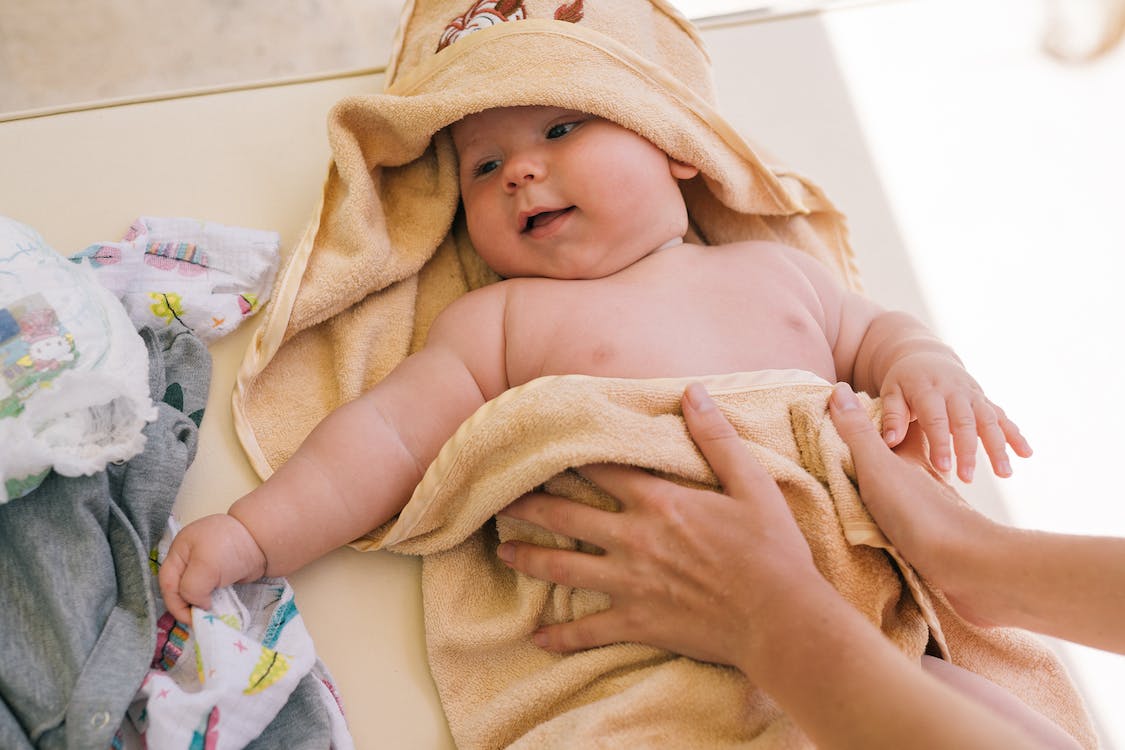
Avoid the risk of burning
– Always check the bath temperature with a thermometer before putting your baby in.
– If you don’t have a mixer tap, get into the habit of always running cold water first and then adding hot water. This will avoid the risk of scalding.
– As a precaution, set your water heater to a maximum temperature of 50°C.
Avoid the risk of slipping, falling, or getting hurt
– Only bathe your baby in the large tub when he or she is sitting upright for a long time.
– For added safety, place a non-slip mat on the bottom of the tub.
– Use a padded faucet cover to prevent your baby from reaching the faucet and prevent injury if she falls on it.
Avoid the risk of drowning
Never leave your baby alone in the bath unsupervised, even for a short time, even if he or she is sitting in a bath ring: a young child can drown in as little as 15 centimeters of water in one minute.
4. Keep your baby safe at different times of the day
Prevent burns
– Don’t drink hot beverages while your baby is in your arms.
– If you carry a container of water or a hot drink, avoid walking by your child.
– To avoid the risk of bottle burns, avoid heating a bottle in the microwave. Use a bottle warmer or give the milk to room temperature.
– Before giving your baby a bottle, check the temperature of the milk by putting a drop on your wrist.
– Also, ensure that your bottles are guaranteed Bisphenol A free.
Avoid the risk of falling
– Never leave your baby unattended on a couch or bed, even for a minute. If the phone rings, take your child with you or put him/her on the floor.
Ban dangerous toys
– Only give your baby toys that are age-appropriate and have the CPSIA mark for children’s products, avoiding toys made in countries with less stringent standards.
– Ban any toy with a mention such as “Not suitable for children under 36 months” or “Small parts that can be swallowed or inhaled”.
– Regularly check toys’ condition, especially to ensure that no small parts (e.g., eyes, buttons, etc.) can come loose and be swallowed.
Avoid the risks associated with pets
– If you have pets, never leave your baby alone in a room with them. If necessary, put your child in his or her playpen while you are busy elsewhere.
– If you have a cat, have your baby sleep in a room with the door closed.
Avoid pollution risks
Avoid taking your toddler outside during peak pollution, especially in areas with heavy traffic during rush hour.
– Ventilate your home for at least 10 minutes each day, even in winter.
– Limit the use of cleaning products, giving preference to those with a single component. In the same vein, avoid indoor perfumes, incense, and candles, and do not use cosmetic products in the first months of your baby’s life.

8 Winter Clothes for Baby
You May Also Like
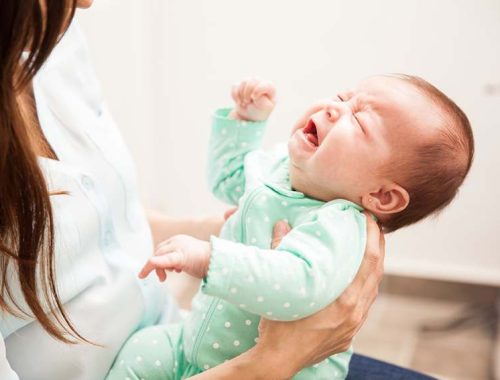
Causes and Treatments of Colic in Infants
2022-06-09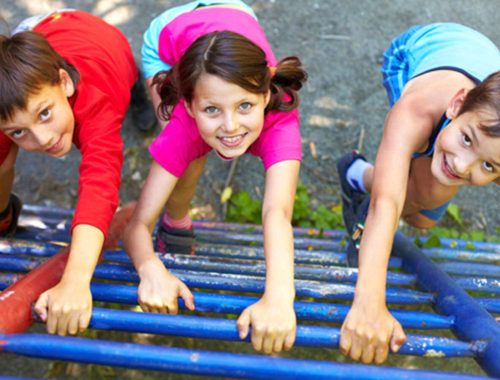
Why It’s Important to Allow Your Child to Fail, According to Experts
2022-12-07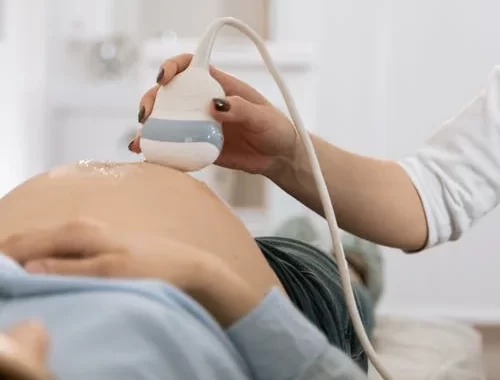

One Comment
Pingback: